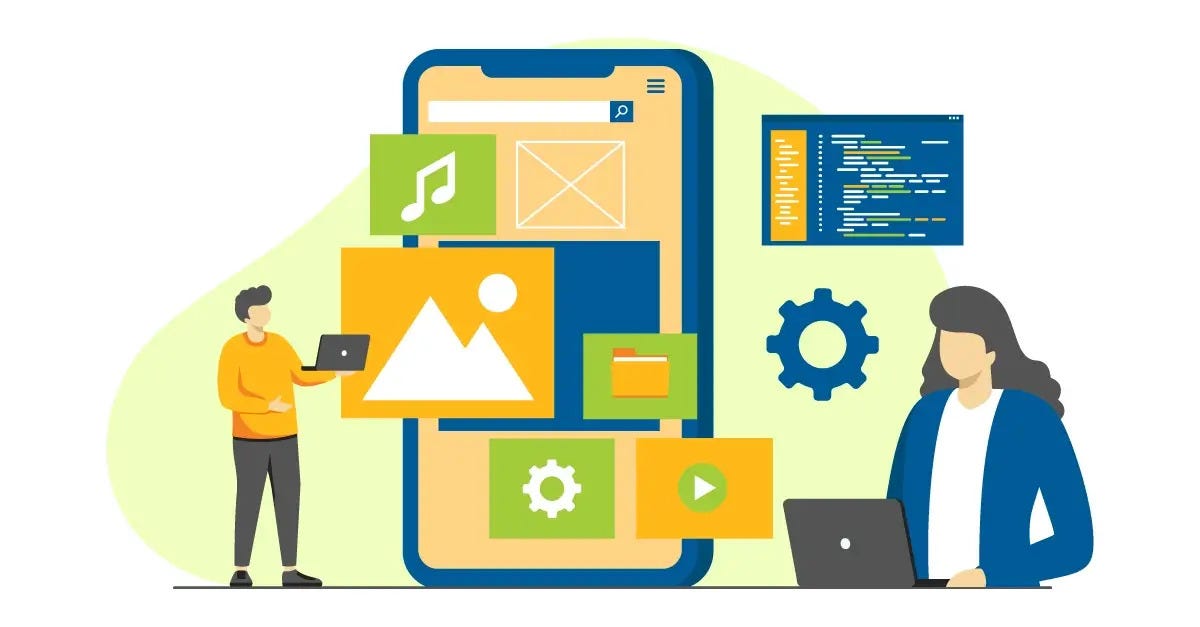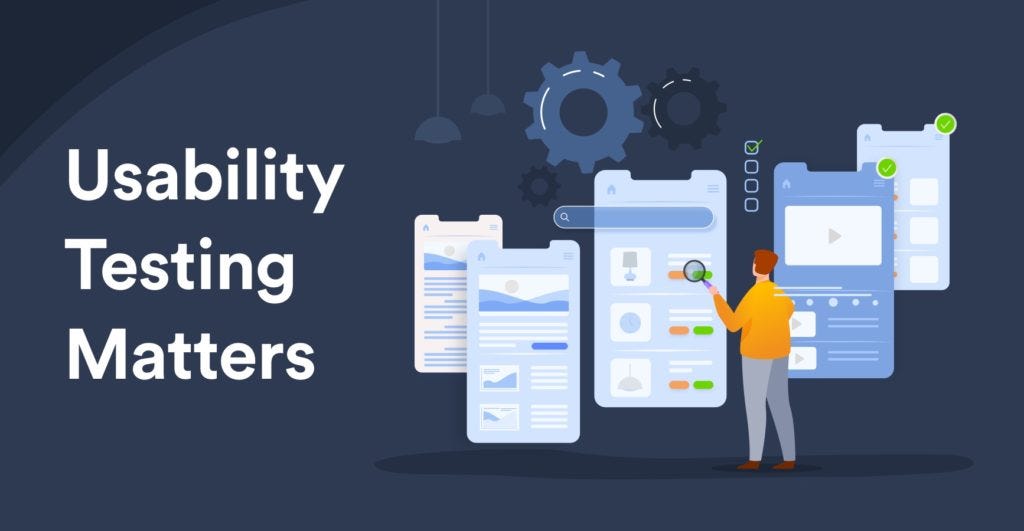The Importance of Usability Testing:
1. Identifying User Pain Points:
Usability testing allows teams to observe how real users interact with a product. This firsthand experience helps identify pain points and stumbling blocks that users may encounter during their journey. By pinpointing these issues, development teams can make informed decisions to improve the overall usability of the product.
2. Optimizing Navigation and Flow:
Understanding how users navigate through a product is essential for optimizing its design and flow. Usability testing provides insights into user expectations, preferences, and behaviors, enabling designers and developers to create an intuitive and user-friendly navigation experience.
3. Enhancing Accessibility:
Usability testing helps uncover accessibility issues that may hinder certain user groups. Whether it’s related to visual impairments, mobility challenges, or other accessibility concerns, addressing these issues ensures a more inclusive and accessible product for a diverse user base.

Keys to Successful Usability Testing:
1. Define Clear Objectives:
Before conducting usability tests, it’s crucial to define clear objectives. What specific aspects of the user experience are you aiming to evaluate? Whether it’s the ease of navigation, clarity of information, or efficiency of tasks, having well-defined objectives ensures focused and actionable results.
2. Select a Diverse User Sample:
A diverse user sample is essential to capture a broad range of perspectives. Consider factors such as age, gender, technical proficiency, and familiarity with similar products. This diversity ensures that the feedback received is representative of the actual user base and helps in identifying issues that might affect different user demographics.
3. Create Realistic Scenarios:
Design realistic scenarios that mirror how users would interact with the product in their daily lives. This approach encourages users to provide authentic feedback based on their experiences, helping teams identify areas for improvement that may not be apparent in controlled or artificial environments.
4. Utilize the Right Tools:
Leverage appropriate tools to conduct usability tests efficiently. Screen recording software, eye-tracking technology, and user behavior analytics tools can provide valuable data and insights. These tools complement traditional methods like surveys and interviews, offering a comprehensive view of user interactions.
5. Iterative Testing and Continuous Improvement:
Usability testing should be an iterative process. Regularly conduct tests at different stages of product development and incorporate feedback into the design and development process. This iterative approach ensures continuous improvement and aligns the product with evolving user needs and expectations.

